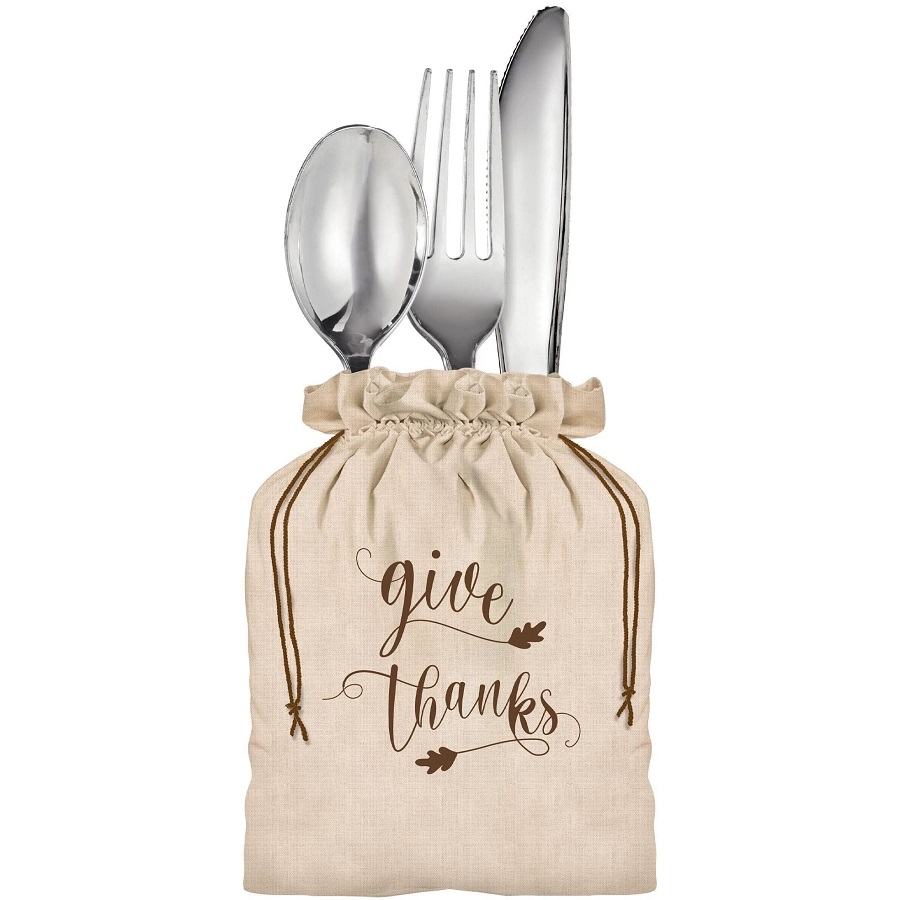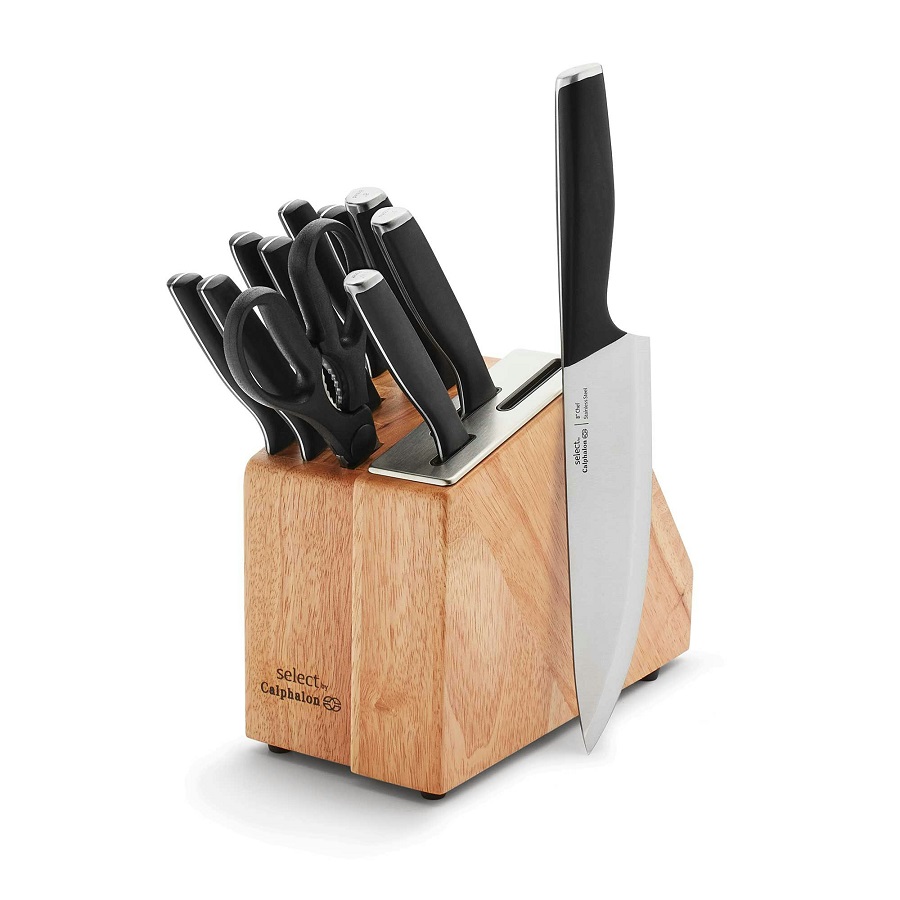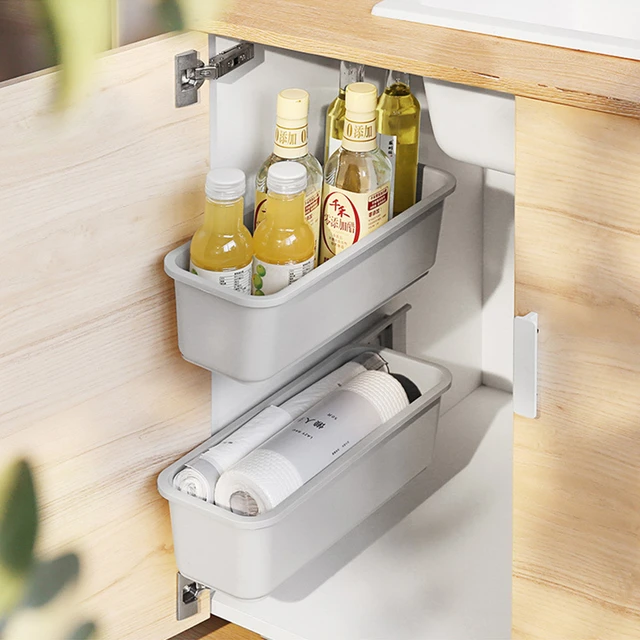Introduction:
A high-quality kitchen knife set is an essential investment for any home cook or professional chef. With the right set of knives, you can enhance your culinary skills, streamline food preparation, and achieve precise and efficient cutting. In this article, we will explore the importance of kitchen knife sets, the different types of knives included, considerations for choosing the right set, and proper care and maintenance. By understanding these aspects, you can equip yourself with the necessary tools to master the art of cooking.
Importance of Kitchen Knife Sets:
A kitchen knife set provides a comprehensive collection of essential knives for various cutting tasks, ensuring versatility and efficiency in the kitchen.
Having a well-rounded set allows for seamless transitions between different cutting techniques and reduces the need for using a single knife for multiple purposes.
Types of Knives Included:
Chef’s Knife:
The workhorse of the kitchen, the chef’s knife is versatile and ideal for chopping, slicing, and dicing.
Paring Knife:
A smaller knife used for intricate tasks such as peeling, trimming, and precise cutting.
Bread Knife: Serrated-edge blade designed for slicing bread and other delicate items without crushing them.
Utility Knife:
A smaller, all-purpose knife that can handle various tasks, such as slicing sandwiches or smaller fruits and vegetables.
Santoku Knife:
A versatile Japanese knife with a shorter, wider blade, perfect for slicing, dicing, and mincing.
Steak Knives:
Set of serrated knives for effortlessly cutting through steaks and other meats.
Additional Knives:
Some sets may include specialty knives like a boning knife, carving knife, or cheese knife.
Considerations for Choosing a Kitchen Knife Set:
Quality and Construction:
Look for sets made with high-quality materials, such as stainless steel blades and durable handles.
Comfort and Ergonomics:
Consider the handle design and ensure it provides a comfortable grip for extended periods of use.
Full Tang Construction:
Opt for knives with full tang, where the blade extends all the way through the handle, ensuring strength and balance.
Balance and Weight:
Choose knives that feel well-balanced and not too heavy or too light in your hand.
Storage:
Consider whether the set comes with a knife block, sheaths, or a storage case for safe and organized storage.
Proper Care and Maintenance:
Hand Washing: Always hand wash knives with mild soap and warm water immediately after use, avoiding harsh detergents or abrasive sponges.
Drying:
Thoroughly dry knives after washing to prevent water spots or potential rusting.
Storage:
Store knives in a knife block, magnetic strip, or sheaths to protect the blades from damage and prevent accidents.
Honing and Sharpening:
Regularly use a honing steel to realign the blade’s edge and maintain sharpness. Periodically sharpen knives using a sharpening stone or professional sharpener to restore their cutting edge.
Safety Precautions:
Always handle knives with caution, keeping fingers away from the blade’s edge and using proper cutting techniques.
Store knives safely in designated storage to prevent accidental cuts or damage.
Keep knives out of reach of children and ensure they are stored securely.
Upgrading Individual Knives:
If you already have a few high-quality knives, consider purchasing individual knives to complete your collection instead of buying an entire set.
This allows you to personalize your knife collection based on your specific needs and preferences.
Professional Sharpening:
If you are unsure about sharpening your knives yourself, consider professional sharpening services to ensure optimum sharpness and prolong the life of your blades.
Budget Considerations:
Set a budget for your kitchen knife set purchase, considering the quality, number of knives, and additional accessories included in the set.
Remember that investing in a high-quality set may offer long-term durability and performance, making it a worthwhile investment.
Kitchen Knife Sets: Materials and Specifications
Materials:
Stainless Steel:
Most kitchen knife sets are made from stainless steel, which is durable, resistant to corrosion, and easy to maintain.
High-Carbon Stainless Steel:
This material combines the durability of stainless steel with high carbon content for added strength, sharpness, and edge retention.
Damascus Steel:
Known for its distinctive pattern and exceptional sharpness, Damascus steel is created by layering different types of steel together.
Ceramic:
Ceramic knives are lightweight, rust-resistant, and retain their sharpness for a long time. However, they are more fragile and require careful handling.
Specifications:
Blade Length:
The length of the blade varies depending on the type of knife. For example, chef’s knives typically range from 6 to 12 inches, while paring knives are usually 3 to 4 inches long.
Blade Thickness: Thicker blades are more durable and suitable for heavy-duty tasks, while thinner blades offer precision and are ideal for intricate cutting.
Tang:
The tang refers to the portion of the blade that extends into the handle. Full tang knives have the blade running the full length of the handle, providing better balance and durability.
Handle Material:
Handles can be made from various materials, including wood, plastic, or composite materials. Choose a handle material that offers a comfortable grip and suits your personal preference.
Bolster:
Some knives have a bolster, a thick piece of metal between the blade and the handle that provides balance and stability. It also serves as a finger guard for safety.
Edge Style:
The edge style determines the cutting characteristics of the knife. Common edge styles include straight edge, serrated edge, and hollow edge (scalloped).
Set Size:
Kitchen knife sets come in different sizes, ranging from a basic 3-piece set to larger sets with 15 or more knives. The size of the set depends on individual preferences and cooking needs.
When choosing a kitchen knife set, consider the materials and specifications that best suit your culinary requirements, budget, and personal preferences. It’s important to select a set that offers durability, sharpness, and the right combination of knives for your cooking tasks.
Conclusion:
A kitchen knife set is an indispensable tool for any cook, providing versatility, precision, and efficiency in the kitchen. By considering the types of knives included, quality and construction, comfort and ergonomics, and proper care and maintenance, you can choose the ideal set to meet your culinary needs. Remember to handle knives with care, maintain their sharpness, and store them safely to ensure longevity and prevent accidents. With a well-rounded kitchen knife set, you can elevate your cooking skills, tackle any cutting task with confidence, and enjoy the art of culinary mastery.








